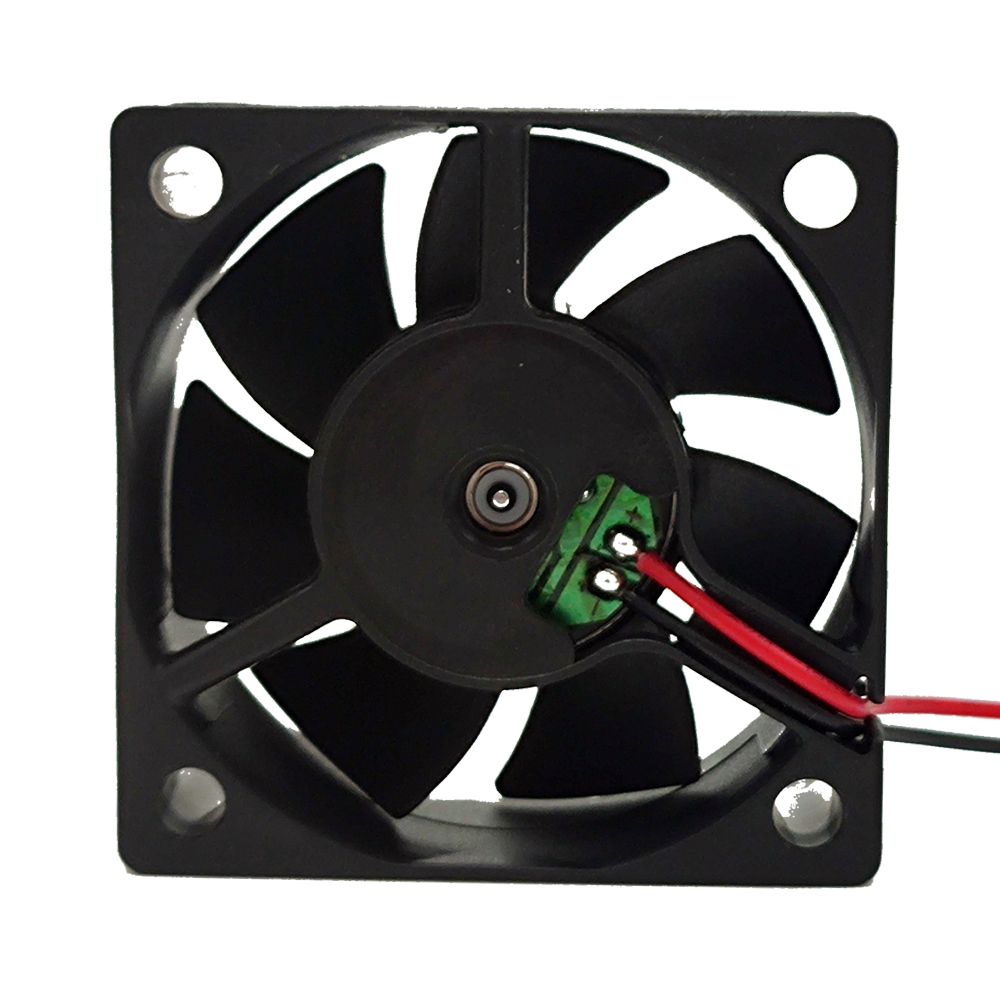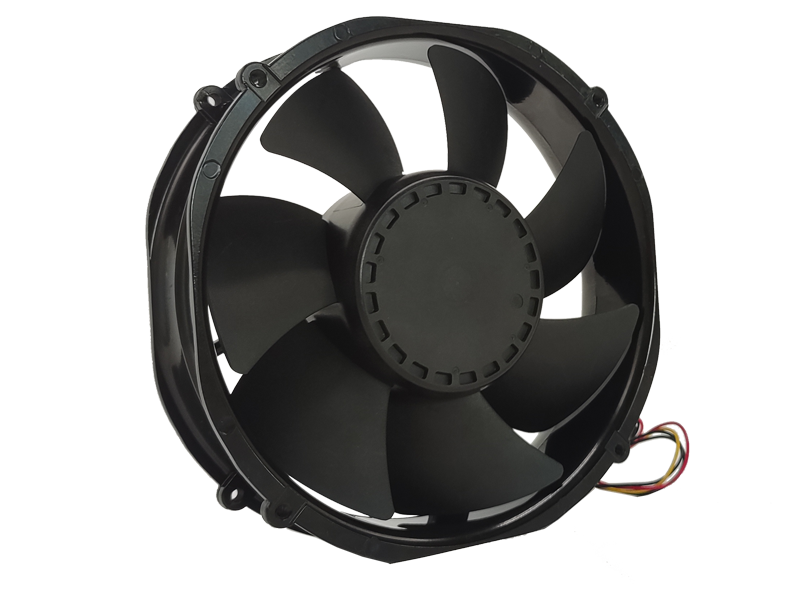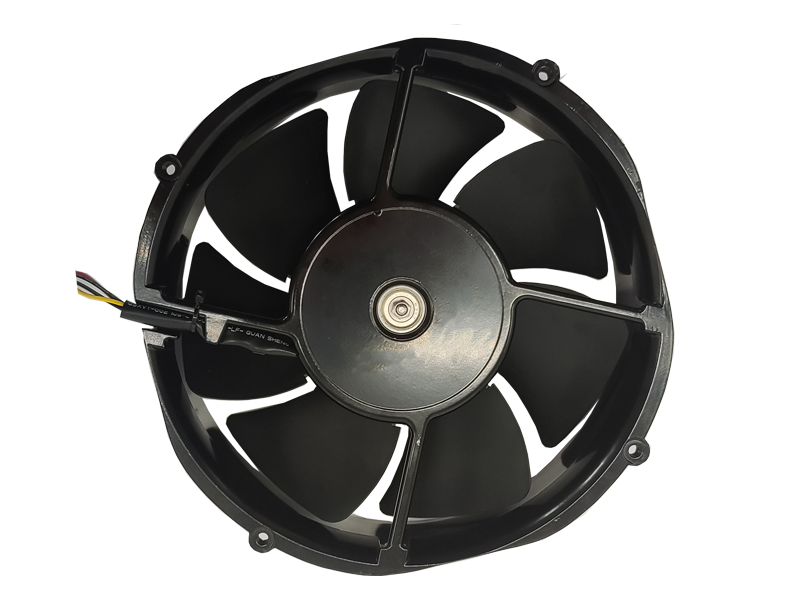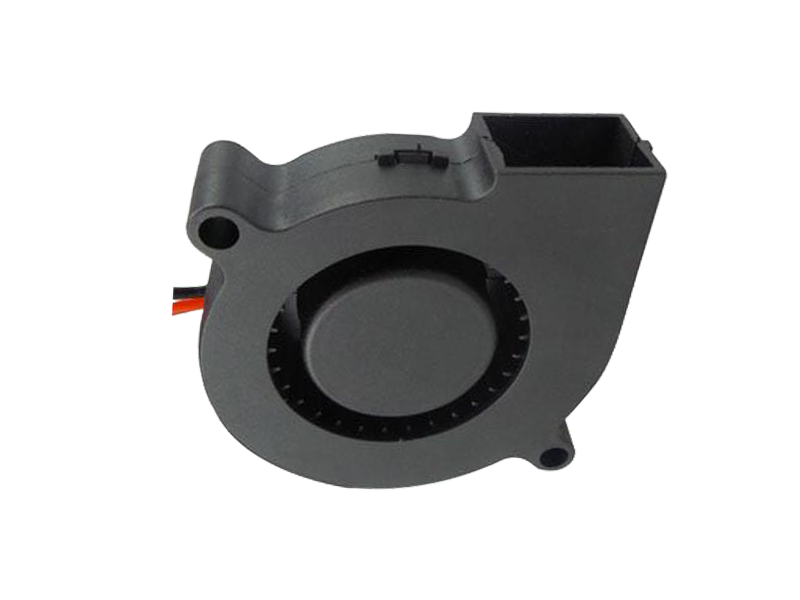Industrial fans are an essential component of numerous industries, playing a pivotal role in maintaining airflow and temperature regulation across manufacturing plants, warehouses, and commercial spaces. Unlike domestic fans, which are primarily designed for comfort, industrial fans are built for efficiency, durability, and heavy-duty performance. From a product management perspective, designing industrial fans involves addressing a wide array of technical, operational, and user-oriented challenges. This article explores the complexities involved in designing industrial fans, focusing on critical factors such as performance, durability, energy efficiency, and market demand.
1. Understanding the Industrial Fan Market
Before diving into the specifics of industrial fan design, it’s crucial to understand the market demands and the diverse applications where these fans are used. The industrial fan market is vast, serving various sectors such as:
Manufacturing Facilities: For cooling production lines, ventilating large spaces, and ensuring proper airflow in warehouses.
HVAC Systems: Industrial fans are often used in ventilation and air-conditioning systems for large commercial buildings and factories.
Mining, Agriculture, and Aerospace: Specialized fans are used for specific environmental and operational conditions, such as high temperatures or dusty, corrosive atmospheres.
1.1 Identifying Consumer Needs and Expectations
Industrial fan users typically expect:
High Efficiency: Industrial fans must move large volumes of air with minimal energy consumption to reduce operational costs.
Longevity: Fans are expected to last for years under heavy-duty use, which means durability and reliability are key considerations in the design phase.
Noise Control: Given the noisy nature of most industrial environments, reducing operational noise is a growing priority in fan design.
Maintenance Accessibility: Given the heavy-duty nature of industrial fans, ease of maintenance is critical. Fans should be designed to allow quick repairs or part replacements without disrupting operations.
2. Key Considerations in Industrial Fan Design
From a product management perspective, designing an industrial fan requires addressing several technical aspects. These include performance metrics, durability, energy consumption, and user preferences. Below are some of the key considerations.
2.1 Airflow Efficiency and Pressure Development
The primary function of industrial fans is to move air effectively. A fan's airflow capacity (measured in CFM - cubic feet per minute) and static pressure (measured in inches of water gauge) are crucial parameters for determining its performance. Depending on the application, fans must either deliver high airflow or generate substantial pressure to overcome resistance in duct systems.
High Airflow Fans: Used in environments where large volumes of air need to be circulated across a wide area, such as in warehouses or production facilities.
High-Pressure Fans: Required for systems where air needs to be pushed through long ducts or filters, common in HVAC or industrial drying processes.
Designing a fan that can balance these factors efficiently, without compromising on energy usage, is a central challenge for industrial fan manufacturers.
2.2 Durability and Material Selection
Industrial fans often operate in challenging environments, including high-temperature, high-humidity, or corrosive conditions. The materials used in construction must withstand these conditions and maintain the fan's integrity over time. Product managers must focus on:
Corrosion Resistance: Materials such as stainless steel or coated metals are preferred for environments exposed to chemicals or moisture.
Heat Resistance: For fans used in high-temperature settings, heat-resistant components such as ceramic bearings or heat-treated motor components are crucial.
Vibration Resistance: Fans are subject to significant mechanical stresses, so ensuring that parts are designed to resist vibration and mechanical wear is essential for longevity.
2.3 Noise Reduction Technologies
Noise pollution is a significant issue in industrial settings, affecting worker health and regulatory compliance. Therefore, minimizing noise is a top priority for industrial fan designers. Solutions can include:
Optimized Blade Design: The shape and material of the fan blades can influence noise levels. Aerodynamically efficient blades, with smoother surfaces, tend to reduce turbulence and noise.
Acoustic Insulation: In some cases, the fan housing can be designed with materials that absorb sound, or the installation can include noise-dampening enclosures.
Variable-Speed Motors: By adjusting the motor’s speed based on load conditions, the fan can operate more quietly during lower-demand periods.
2.4 Energy Efficiency
As energy costs continue to rise and environmental regulations become stricter, industrial fan manufacturers are under increasing pressure to produce energy-efficient solutions. Some of the key innovations in this area include:
Variable Frequency Drives (VFDs): VFDs allow fans to adjust their speed in response to changes in demand, resulting in lower energy consumption.
EC Motors: Electronically commutated motors (ECMs) are more efficient than traditional motors and often used in modern industrial fans.
Aerodynamic Improvements: New fan blade designs, including advanced materials and shapes, improve airflow while reducing energy consumption.
2.5 Maintenance and Repair
Industrial fans are often exposed to harsh conditions, and their performance can degrade if not properly maintained. Therefore, product managers must ensure that the fan design facilitates ease of maintenance. Some features that can aid in maintenance include:
Modular Components: Easy-to-replace parts such as motors, bearings, and blades allow for faster repairs and lower downtime.
Self-lubricating Bearings: These reduce the need for frequent maintenance and increase the lifespan of the fan.
Access Ports: Fans that are equipped with access ports for lubrication or inspection can streamline maintenance routines.
3. Market Trends and Competitive Analysis

3.1 Demand for IoT Integration
The industrial internet of things (IoT) is gradually gaining ground in industrial environments, and industrial fans are no exception. Fans equipped with IoT sensors can provide real-time data about performance, temperature, humidity, and even predictive maintenance needs. Product managers should explore how integrating IoT features into fans can improve functionality and differentiate products in the marketplace.
3.2 Customization and Modular Design
As industries become more specialized, the demand for customized and modular fan systems is increasing. Rather than relying on one-size-fits-all solutions, industrial clients want tailored fan designs that meet their specific needs, whether it’s a fan designed to handle a unique load profile or one that integrates into a highly specialized ventilation system.
3.3 Sustainability and Eco-Friendly Products
Sustainability is a growing concern in every industry, and the demand for eco-friendly industrial products is rising. Industrial fans that consume less energy, use recyclable materials, and incorporate sustainable manufacturing processes are in high demand. Manufacturers must be proactive in meeting sustainability standards to appeal to environmentally conscious customers.
4. Conclusion
From a product management perspective, the design of industrial fans involves more than just creating a piece of machinery that moves air. It requires addressing a multitude of factors, including efficiency, durability, noise control, energy consumption, and ease of maintenance. As industries continue to evolve, the need for advanced, customizable, and sustainable fan solutions will only increase. Manufacturers who can successfully navigate these challenges will be well-positioned to lead the market and deliver products that not only meet but exceed customer expectations.
Recommended Products

The main purpose:Car charging station

The main purpose:Car charging station

The main purpose:Electronic refrigerators, water dispensers, direct drinking machines, inverter power supplies
Address:No. 4137, Longgang Avenue (Henggang Section), Henggang Community, Henggang Street, Longgang District, Shenzhen
hotline:13530005572(Chen)15112579390(Li)


Welcome all friends to come for consultation and negotiation.
Copyright 2024 @ Shenzhen Youneng Xinyuan Electronics Co., Ltd.,(industrial fans,industrial blowers,axial fans,cooling fans manufacturer,centrifugal fans,ac cooling fans,dc cooling fans)